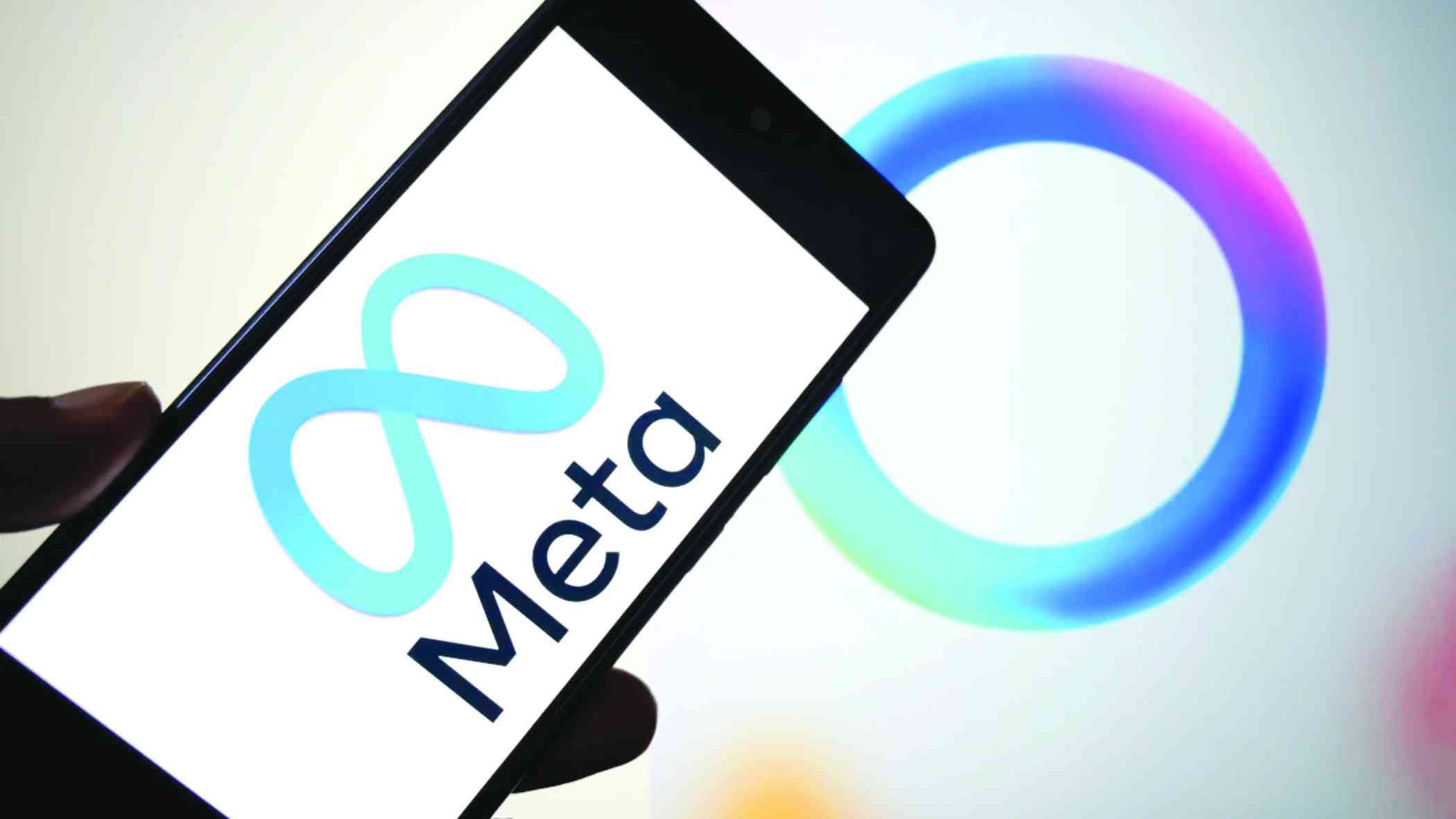
FELLOW Zimbabweans, this is a stark warning about an urgent and concrete risk to our privacy, our institutions and the children and vulnerable people in our care.
Recent changes to Meta’s services mean that the photographs and videos stored on a phone are no longer simply private memories.
When cloud processing, camera roll access or similar options are accepted, enabled, or toggled, sometimes without clear notice, Meta’s systems can scan, extract and classify every image and clip on that device.
This is not a speculative threat on the horizon; it is an operational reality that transforms private visual material into commodified data, with consequences that ripple through families, schools, clinics and community organisations across Zimbabwe.
We live in a time when Facebook, Instagram and Threads are woven into everyday life: they are tools for social connection, business, activism and outreach.
Many teachers, social workers, nurses and volunteers perform essential work using smartphones under bring your own device (BYOD) arrangements.
Those same devices often hold photographs of children at school events, screenshots of medical notes, images of vulnerable families, identity documents and private messages alongside ordinary family snapshots.
Once camera roll content is subject to cloud processing, it is fed into an AI training and classification ecosystem that operates at an industrial scale, shares outputs with third parties and applies automated inferences to people, who never consented to such profiling.
- Mavhunga puts DeMbare into Chibuku quarterfinals
- Bulls to charge into Zimbabwe gold stocks
- Ndiraya concerned as goals dry up
- Letters: How solar power is transforming African farms
Keep Reading
The result is not only individual privacy violation but institutional risk: a single staff phone can expose dozens or hundreds of legally-protected images, creating legal exposure, reputational damage and a profound erosion of trust.
In plain terms, what does Meta’s processing do? Images and videos are analysed for content: faces are detected and compared, objects and gestures are recognised, text embedded in screenshots is extracted, and timestamps and location metadata are indexed.
Classified outputs can train models, generate profiles, and be shared with partners and service providers. Once your device is incorporated into that pipeline, material may be repurposed, reused or redistributed in ways you cannot control, trace or retract.
These are not neutral technical operations; they convert human bodies, children, health details and private documents into inputs for systems that monetise prediction, targeting and automated decision-making.
The specific dangers for Zimbabwe are immediate and manifold. In schools, staff phones containing class photos risk exposing minors to profiling, third-party access and misuse; safeguarding images, protection orders and records of at-risk pupils cannot be treated like ordinary snapshots.
In healthcare, clinicians, who exchange images or notes through social apps, may inadvertently allow clinical images and personal health data to be indexed beyond the patient-practitioner relationship.
Organisations that handle confidential material face regulatory and reputational harm when private images are swept into external AI processing, undermining their legal obligations and trust relationships with communities. Community programmes that rely on confidentiality and consent will suffer if families fear that private images are being scanned and repurposed.
Finally, the normalisation of mass image processing fuels surveillance creep: automated profiling, social sorting and the erosion of privacy norms spread across civic life when scanning becomes ordinary.
These risks demand immediate, pragmatic responses that institutions can implement without technical wizardry.
First, remove Meta apps from all work phones: Facebook, Instagram, and Threads should not sit on devices used for professional duties.
Second, prohibit the use of personal phones that have Meta apps installed for professional work involving children, patients or confidential information.
Third, if social media management is a job function, create IT-managed, dedicated devices used only for that purpose and configured under corporate mobile device management; do not post from phones that also store sensitive material.
Fourth, require staff to post from scrubbed, secured workstations rather than from mobile devices. Fifth, restrict access to Meta platforms to secure, encrypted desktops where necessary and avoid mobile access to institutional accounts.
Sixth, audit all BYOD devices now: identify which personal devices access your networks, quarantine those that present a risk and enact controls. Seventh, update acceptable use policies, introduce technical controls and remove shortcuts that erode security.
Finally, train every staff member and volunteer: ignorance is not a legal defence, and everyone must understand how to separate personal media from professional duties.
Parents and community members must insist on protective action. Share this warning with your child’s school and community leaders; demand decisive steps and written policies governing device use.
Inspect your own phone settings: hunt for and disable any cloud processing or camera roll scanning options, and check every app that requests access to your photos.
Keep sensitive images off devices used for professional communication. When organisations request images of children, ask what safeguards are in place, whether device management is used and whether independent audits of data flows have been performed. Insist that institutions adopt IT-mediated segregation of duties so that private images are not co-located on devices used for public or professional tasks.
Policymakers and regulators must also act with urgency. This is as much a governance problem as a technical one; domestic data protection frameworks, procurement rules and organisational obligations must be updated for the age of mass visual data extraction.
Public institutions and schools should be required to prohibit storing protected images on unmanaged devices, mandate device management solutions for any phone that accesses institutional systems.
They must insist on contractual guarantees from vendors that cloud processing will not include private images without explicit informed consent from every person depicted. Procurement and service contracts must require independent audits of third-party data flows when social platforms are used in public service delivery.
Put plainly, regulators must close the accountability gap that allows corporate platforms to claim broad technical licences while shifting liability onto communities and institutions.
We must recognise the moral cast of this problem. Convenience will not justify the erosion of legal and ethical obligations that protect children, patients and communities.
Meta’s systems turn images into data at scale; when an entire camera roll is swept into a corporate AI ecosystem, the consequences are not merely privacy infractions but betrayals of trust, potential violations of law and a structural threat to institutions that serve the vulnerable. For anyone entrusted with the care of children and confidential information, refusal is not merely prudence: it is an ethical duty.
Act decisively. Audit your devices, separate personal from professional, and demand institutional safeguards now. Share this warning with your school, your clinic, your youth group and your local leaders.
The first step in protecting dignity and privacy in our country is to recognise the real risk that lives in the code and to respond with clear policy, disciplined practice and communal resolve.
- Dr Sagomba is a chartered marketer, policy researcher, AI governance and policy consultant, ethics of war and peace research consultant. — [email protected]; LinkedIn: @Dr. Evans Sagomba; X: @esagomba.











